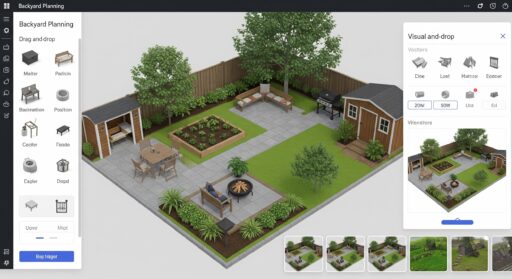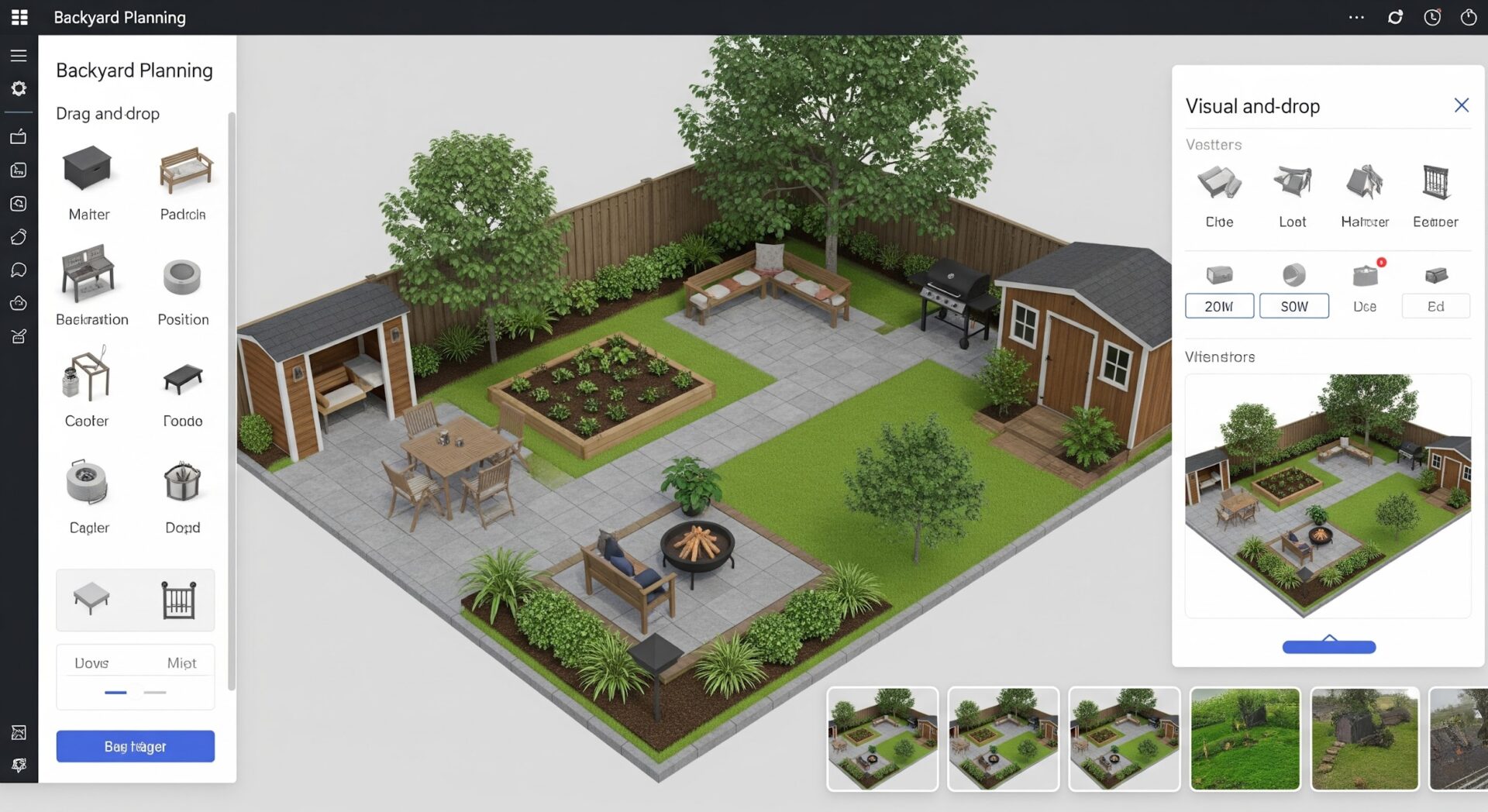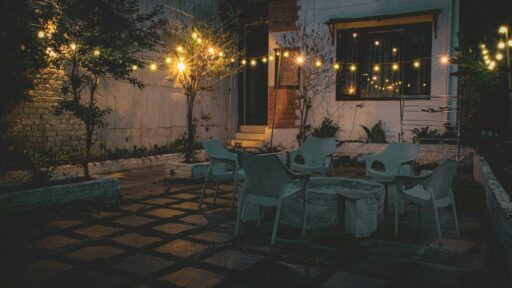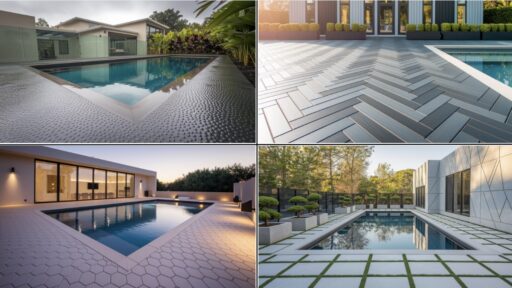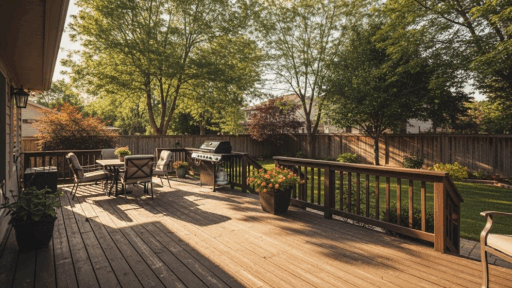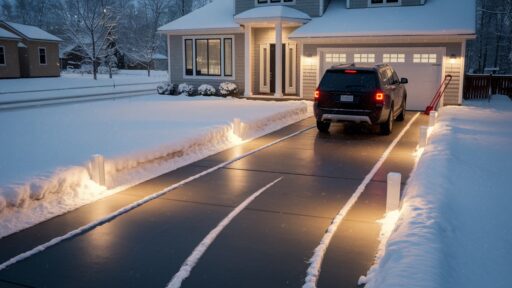Let’s face it. Most of us want a backyard that feels like a retreat. A place to drink your morning coffee, grill with friends, or simply lie in a hammock and do nothing. But when the time comes to actually plan and create that kind of space, it can feel exhausting before it even begins.
The Lazy Genius approach is about working smarter, not harder. You don’t need a landscape architecture degree, a truckload of supplies, or endless weekends of manual labor. With a little intention and some smart choices, you can transform your backyard from lifeless to lovely without losing your mind along the way. A well-designed backyard can increase home value by up to 12%, according to a report from the National Association of Realtors.
Step One: Know What You Want From the Space
Before anything else, get honest with yourself. What exactly do you want from your backyard?
Maybe it’s a quiet reading corner, a low-maintenance garden, a social area for dinners, or a safe play space for kids. Too often, people skip this question and end up recreating someone else’s idea of a dream yard. You don’t need the trendy fire pit if you’ll never use it. And you definitely don’t need a vegetable garden if you hate dirt.
Start with your lifestyle and choose one or two priorities. This becomes your anchor and helps you ignore distractions and stay focused on what truly matters.
Step Two: Plan It Out Without the Guesswork
You do not have to eyeball everything or sketch it out on paper. Today, visual planning tools make it easy to test out ideas before committing. For example, the Backyard Design Tool by Planner 5D allows you to design and rearrange your space virtually. You can add zones, move furniture around, and see how everything fits together.
This takes away the guesswork. It’s easier to make confident decisions when you’ve seen the layout in front of you. You don’t need to be tech-savvy to use it, and the process can actually be fun.
Step Three: Break It Into Small Zones
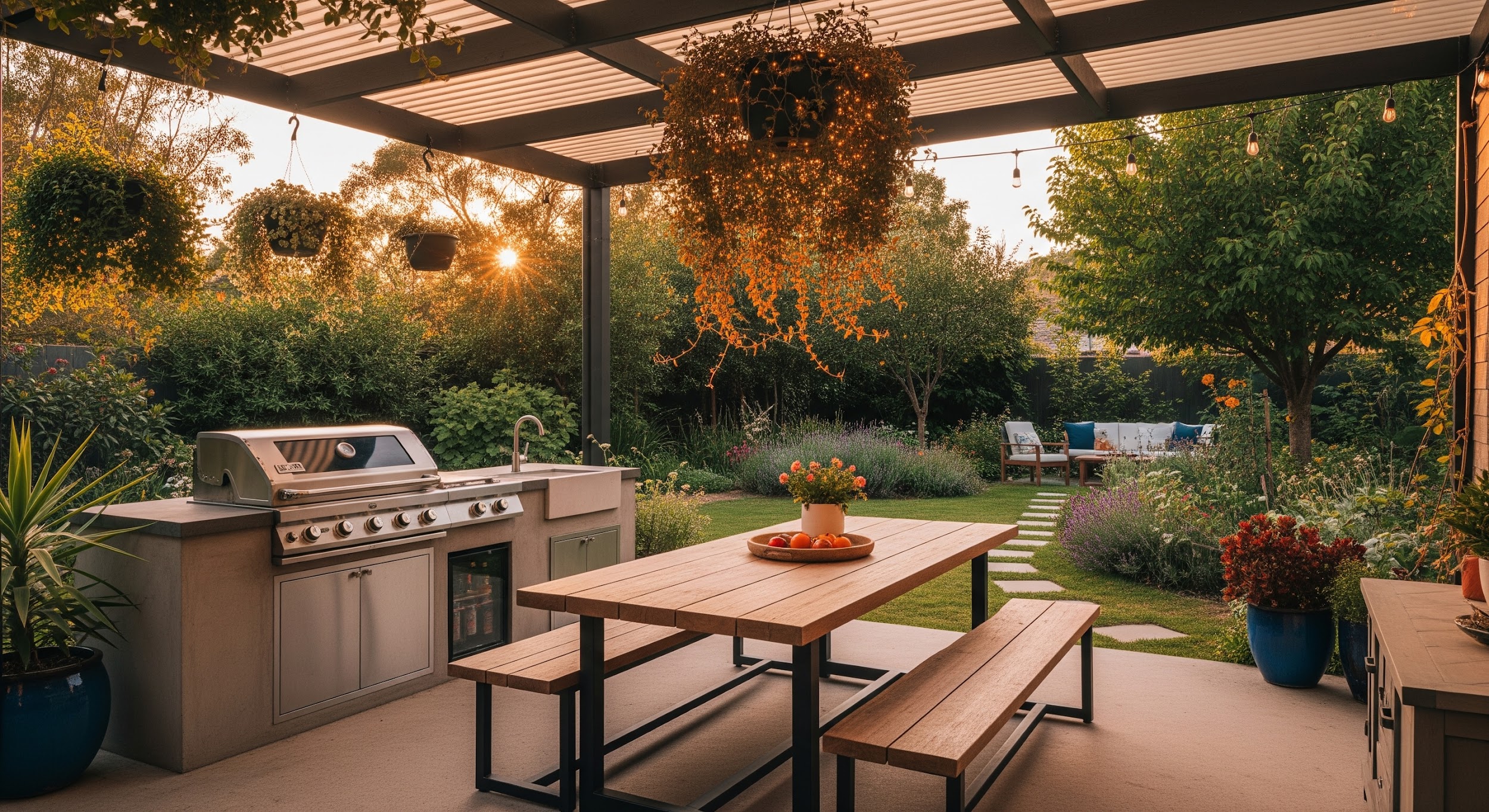
Thinking of your entire backyard as one big project is overwhelming. Instead, divide it into small zones with individual purposes. A few examples:
- A shaded seating area
- A garden or green space
- A path that leads the eye
- A space for meals or a barbecue
- A play corner for kids or pets
You don’t have to complete everything at once. Just choose one zone to focus on and do the minimum to make it functional and inviting. When that feels complete, you can shift your attention to another area.
Step Four: Use Lazy-Genius Tricks, Not Labor
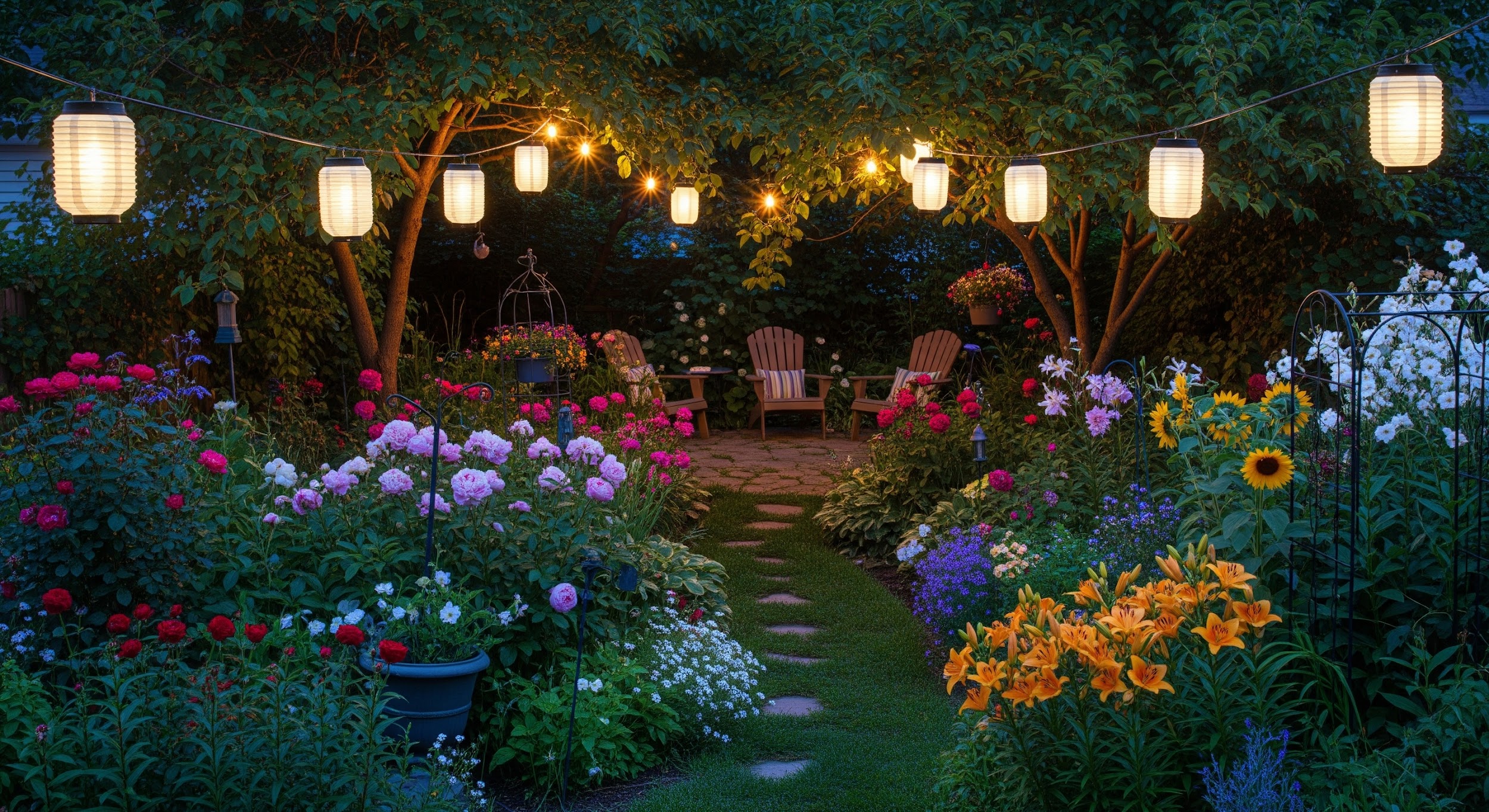
Outdoor design doesn’t have to mean major construction or pricey installations. The best upgrades are the ones that give you impact with the least effort. In fact, most people spend under $2,000 for a DIY backyard refresh, with furniture and plants being the top two purchases (Fixr.com, 2023). For more insights into the latest outdoor living trends and smart upgrades, check out this detailed guide from Fixr. That means you can make a noticeable difference without blowing your budget. Try these easy wins:
- Lay down a colorful outdoor rug to define a space
- Add string lights or solar lanterns for instant atmosphere
- Use potted plants instead of digging garden beds
- Set up a foldable bistro table and chairs
- Place gravel or mulch instead of building a patio
These additions are low commitment and often budget-friendly. Plus, they can be rearranged or removed easily as your needs evolve.
Step Five: Focus on Comfort Over Perfection
A beautiful backyard is meaningless if you never use it. Focus on making your outdoor space comfortable. Ask yourself:
- Is there a shaded area for sunny days?
- Do you have a spot to sit and relax?
- Is there a surface to rest a book, drink, or plate?
- Are you protected from wind or bugs?
Fixing these small comfort factors makes a big difference. A $10 umbrella might make your space feel usable on hot afternoons. A few throw pillows can turn a plastic chair into a cozy corner.
It’s not about the perfect photo. It’s about how it feels to be there.
Step Six: Let Your Space Grow With You
Think of your backyard as a living space that evolves. You don’t need to do everything all at once. Add layers over time. A chair today. A plant shelf next week. A new path when you feel inspired.
This slow approach not only keeps it affordable but also lets you adjust based on how you actually use the space. Maybe you thought you’d use the garden corner more, but it turns out your favorite spot is wherever the evening sun hits. That’s helpful knowledge you only gain through use.
Step Seven: Use the Space Often, Imperfectly
Your backyard does not need to be finished before you enjoy it. Start using it today, even if it’s just for your morning tea or ten minutes of evening fresh air. These small moments matter. They remind you why you started this transformation in the first place.
The more you use your backyard, the more you’ll know what it needs and what it doesn’t. This ongoing relationship is what makes the space feel alive and personal.
Final Thoughts
You don’t need to be a gardening expert or a design perfectionist to create a backyard oasis. All it takes is clarity about what you want, a plan you can see, and a few low-effort changes that reflect your personality and needs.
Start with one corner. Make it welcoming. Use it. Then build from there.
Your outdoor transformation doesn’t have to be complicated. In fact, the Lazy Genius way proves that the simpler you keep it, the more likely you’ll actually enjoy it.

